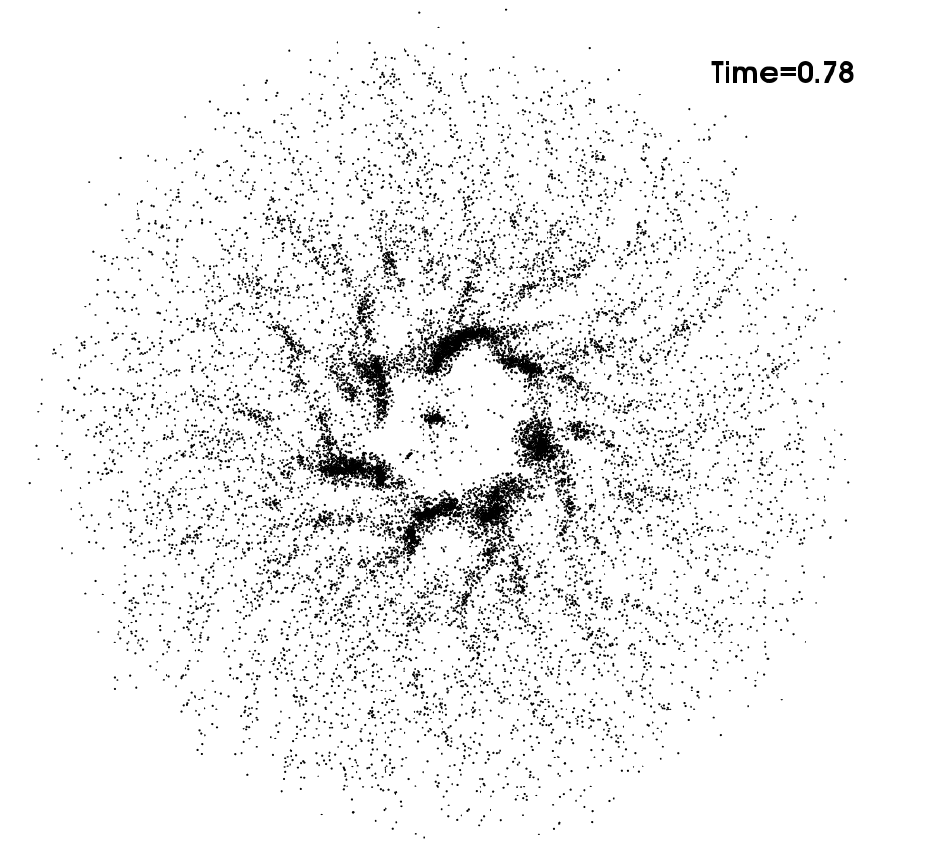Johnny Powell
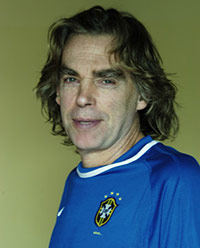
Astrophysics:
The AGORA High-resolution Galaxy Simulations Comparison Project. III: Cosmological zoom-in simulation of a Milky Way-mass halo
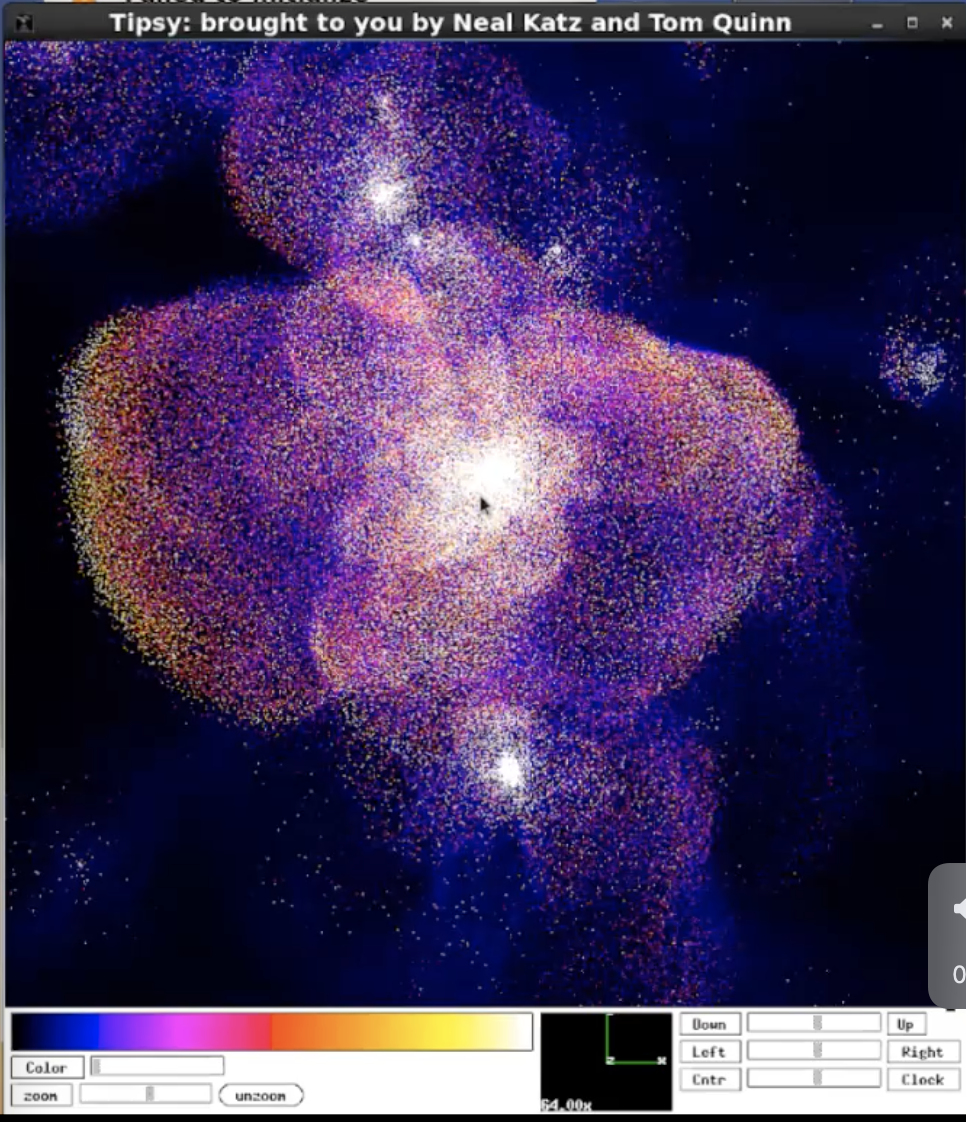
The simulation image above was obtained by Beckett Cumming '20 from the ChaNGa Cal IV redshift 4 snapshot obtained for the AGORA CosmoRun paper that is in review at the moment -- 2021-05-04. It shows bubbles for supernovae explosions.
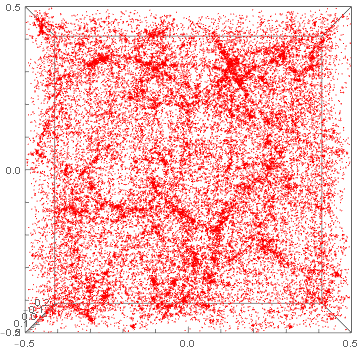
The image above is an N-body cosmological simulation. It was produced by 2020 thesis student Beckett Cummings using ChaNGa (github site -- N-bodyShop). Visualization was accomplished using the fantastic pynbody code (github site) creative data analysis, and Mathematica. The simulation was completed on a 4 processor SMP laptop.
The image above is an N-body simulation of an isolated galaxy. It was produced by summer 2019 research student Will Lum using ChaNGa (github site -- N-bodyShop), pyICs (github site -- Jakob Herpich), Noah Muldavin's Reed Physics thesis 2013, and visualization was accomplished using the fantastic pynbody code (github site). The simulation was completed on a 4 processor SMP laptop. A partial list of the initial conditions were a spin parameter of 0.1, the distribution in N. Muldavin's thesis, and two million particles. Gas was not included in this simulation, and the image is from 5.4 Gyr.
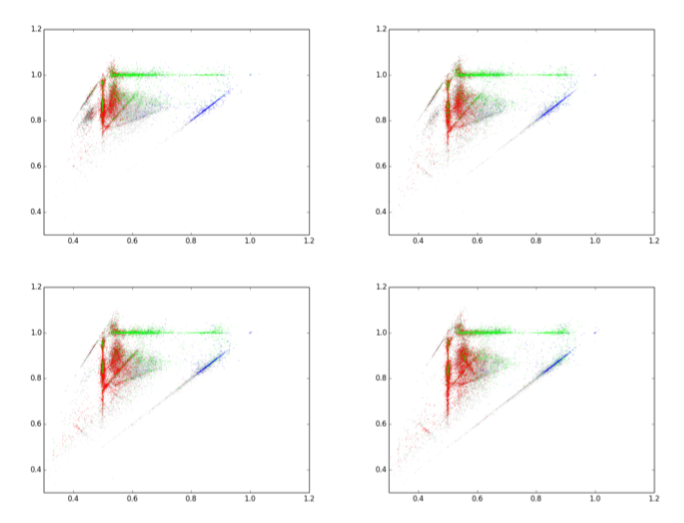
The image above is an analysis of orbits from an N-body simulation by V. Debattista and subsequent processing by Monica Valluri from the Reed physics thesis of Chris Hale in 2018. These plots are called frequency maps, (the interested reader is referred to Chris's thesis for a primer on frequency maps and their importance). The top left map is from 500 Myr, the top right map is from 500 Myr later, and so on.
The image above with "Time = 0.78" ( this time needs to be converted to Gyr. ) is from Noah Muldavin's thesis, and is his N-body simulation of a galaxy without dark matter.
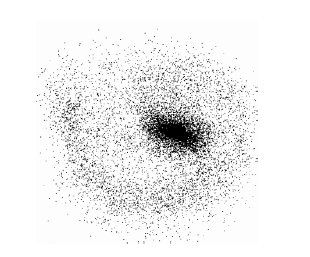
The credits for the image above are provided immediately below: the figure caption is from Alexa Ross's thesis. The image shows a dramatic case of an offset galactic bar. Such bars were the subject of Alexa Ross's thesis in 2012. This topic was suggested by Kartic Sheth after Alexa's junior REU.

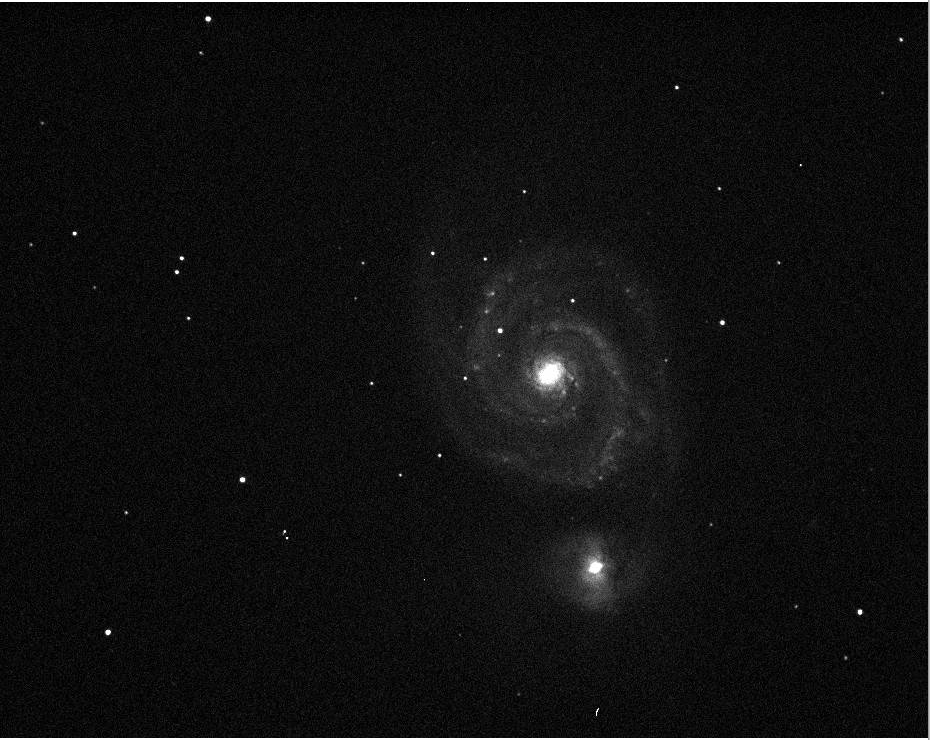
Ryan Lau (presently -- 2019-06-12 -- a postdoc in infrared astronomy at CalTech) and I took this image of M51 with a telescope at New Mexico Skies observatory at the end of his thesis at Reed. We had just returned from a Reed field trip to the Goldendale observatory in WA where M51 looked genuinely nebulous through the virtually 1 meter refracting telescope.
Thesis students
In this section one can read the abstracts of 70 theses: Recently some of my thesis students have worked on a range of topics in astrophysics: galactic dynamics, supernovae , extra-solar planets, cataclysmic variables, and laboratory astrophysics of dust (unpublished paper on ResearchGate).
After working on simulating barred galaxies with an eye toward understanding the buckling instability in galactic bars from 2016 - '19. We started to work on the AGORA project paper III: zoom-in simulations.
Grant history
NSF -- XSEDE
Publications
Cosmological N-body hyrdrodynamical simulations, Brillouin, Raman and FTIR spectroscopy
History of infrared physics
The infrared
My stomping grounds
Institutions of higher learning--photo tour
Personal stuff
Birdwatching in Oregon gonzo birdathons, Brasil and Peru, Peace Corps Malaysia, etc.
Below is a screen dump of my Cornell Laboratory of Ornithology ebird data from about May 2021. It's a long process of getting most of 25,000 records onto ebird.

Immediatley below is a Keynote presentation for Birders's Night at Portland Audubon
Birds of Brasil keynote -- 2001
Below is a long-sought after image of a Common Poorwill. 2019-06-17, Sisters, OR.
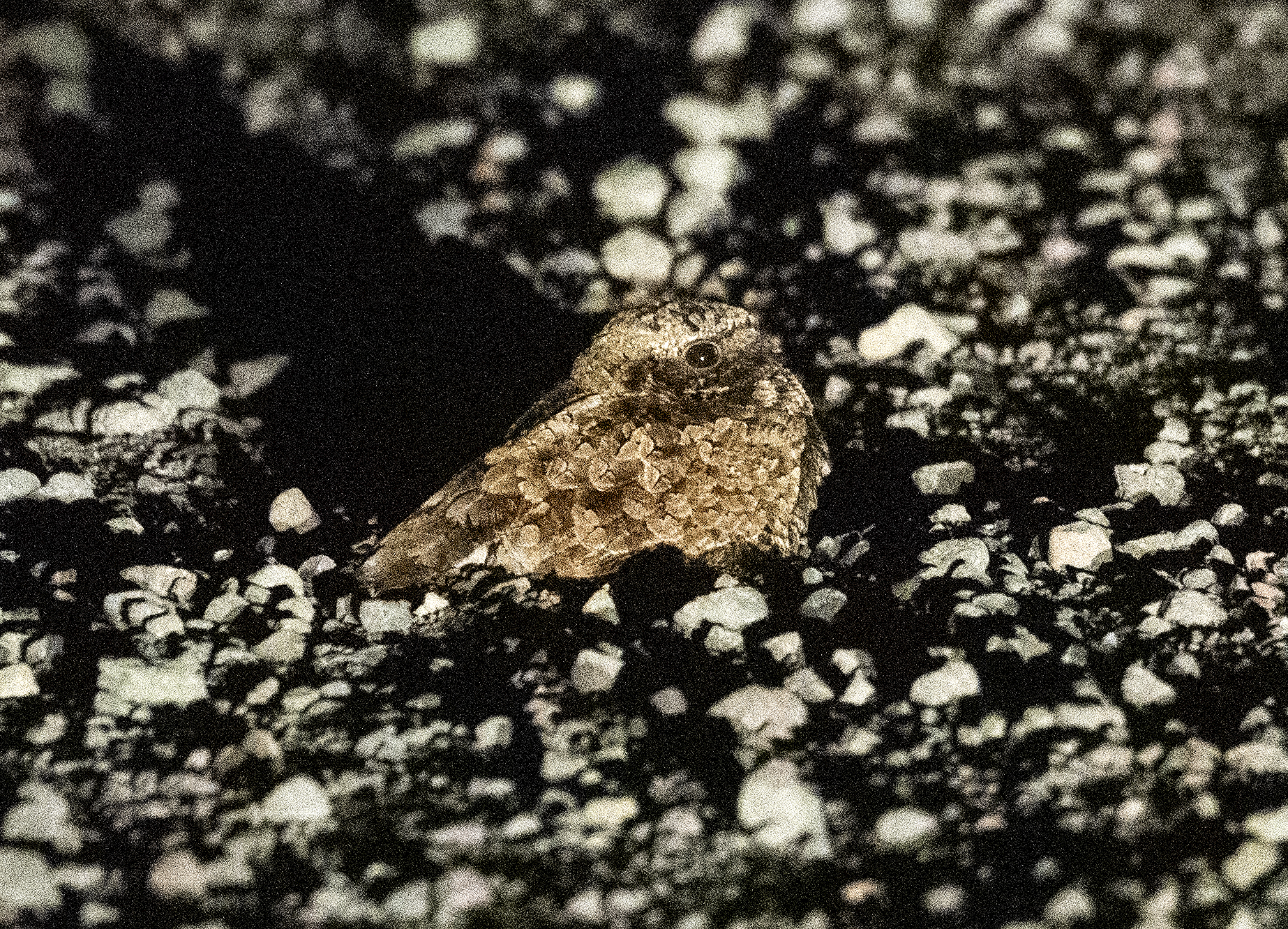
Birds of Oregon keynote -- 2010
